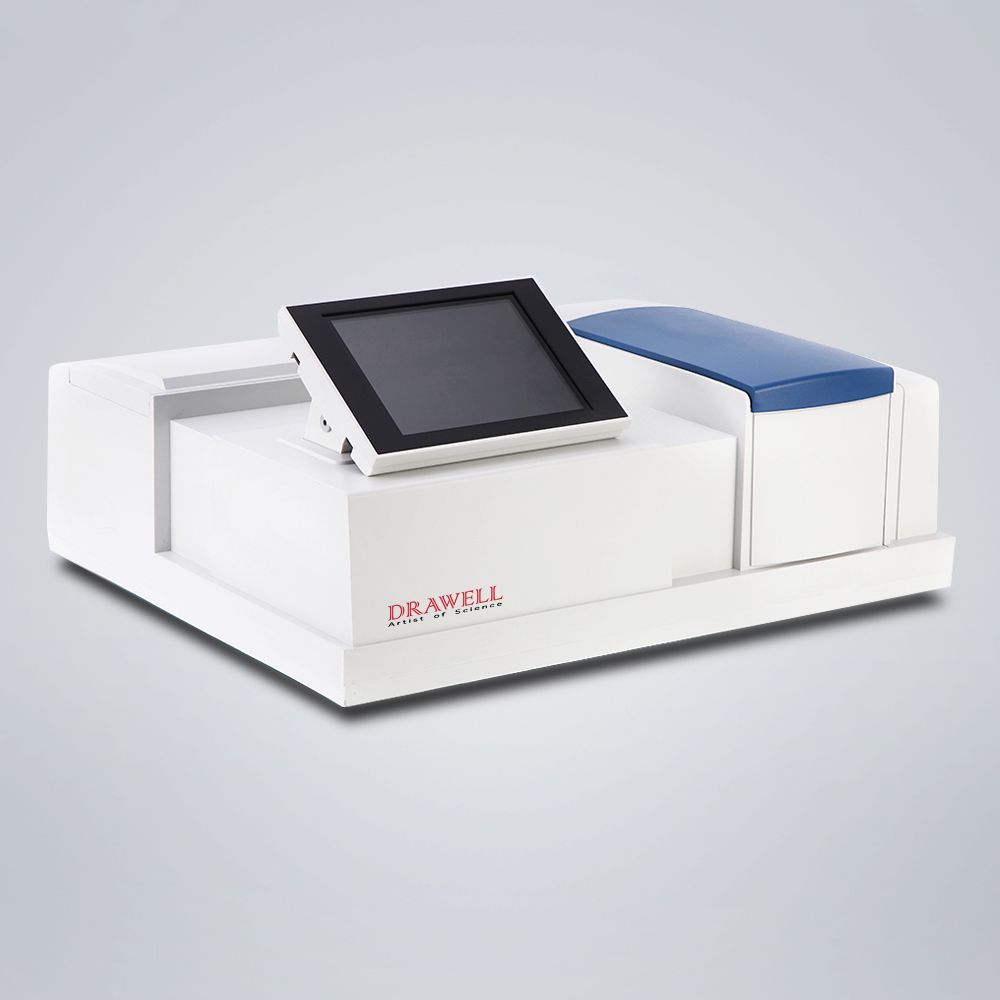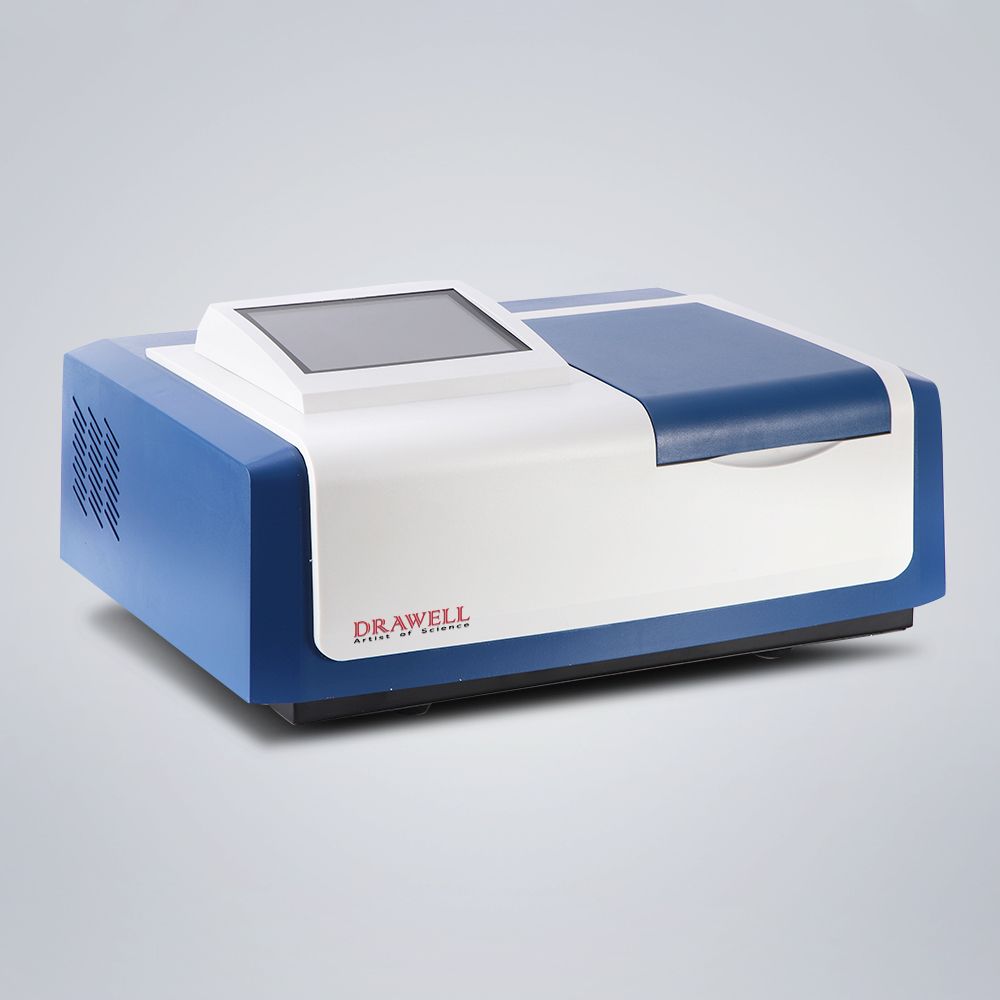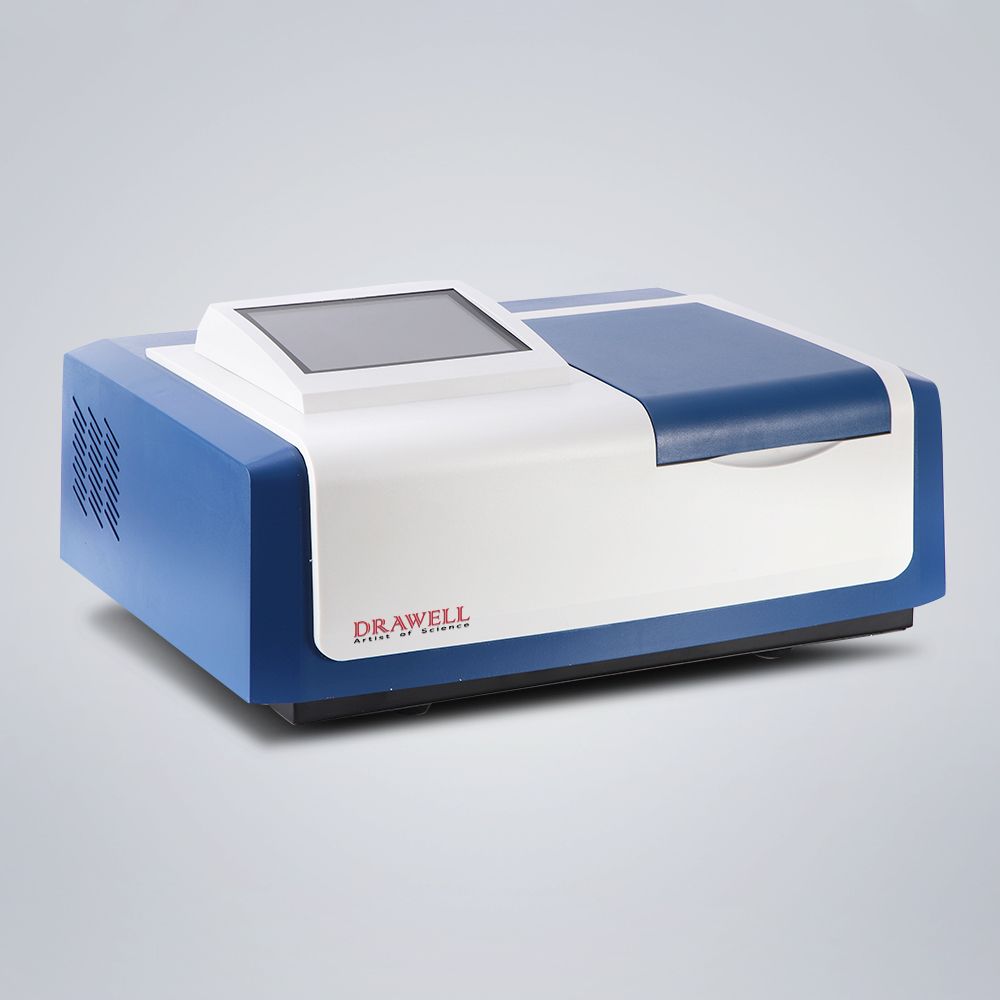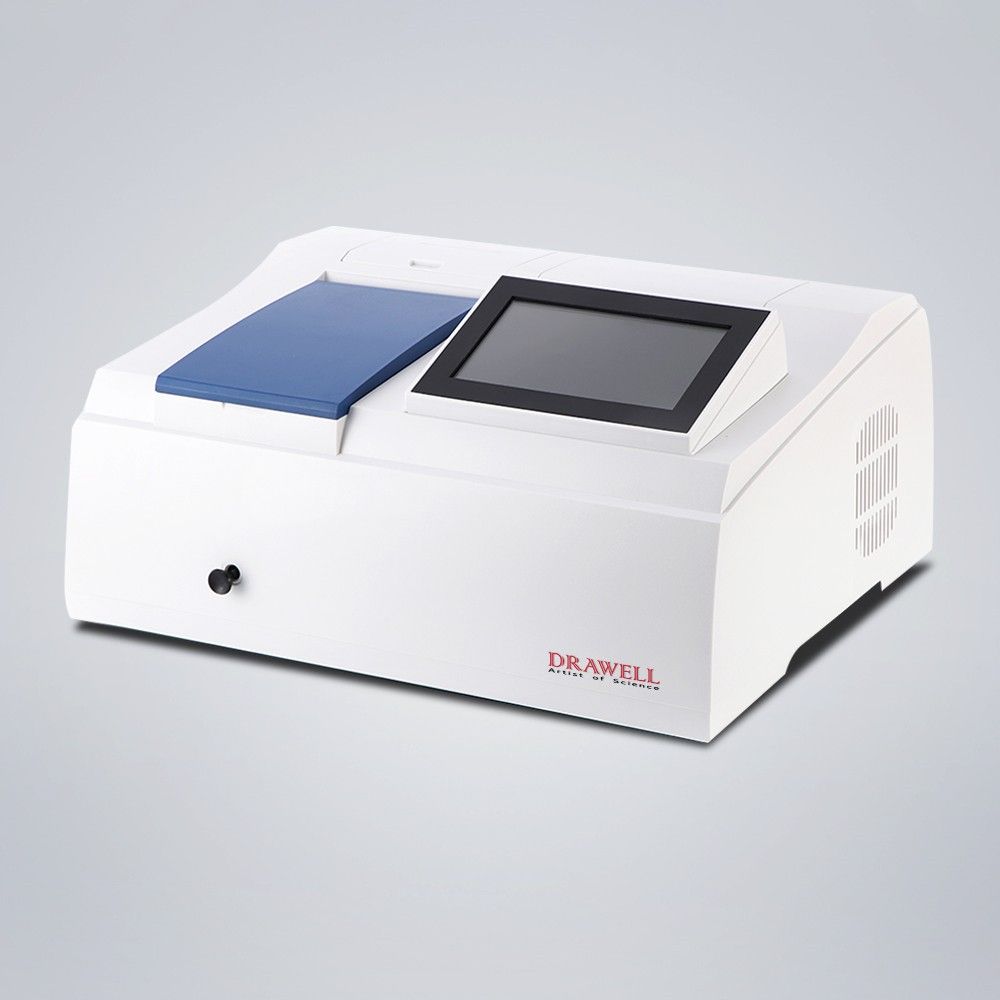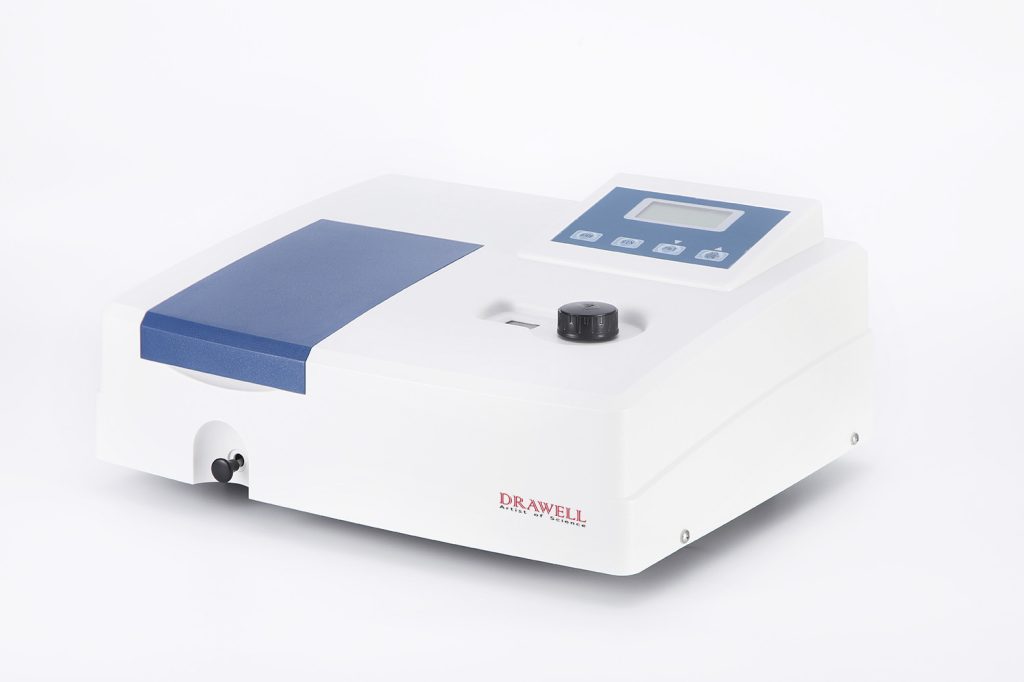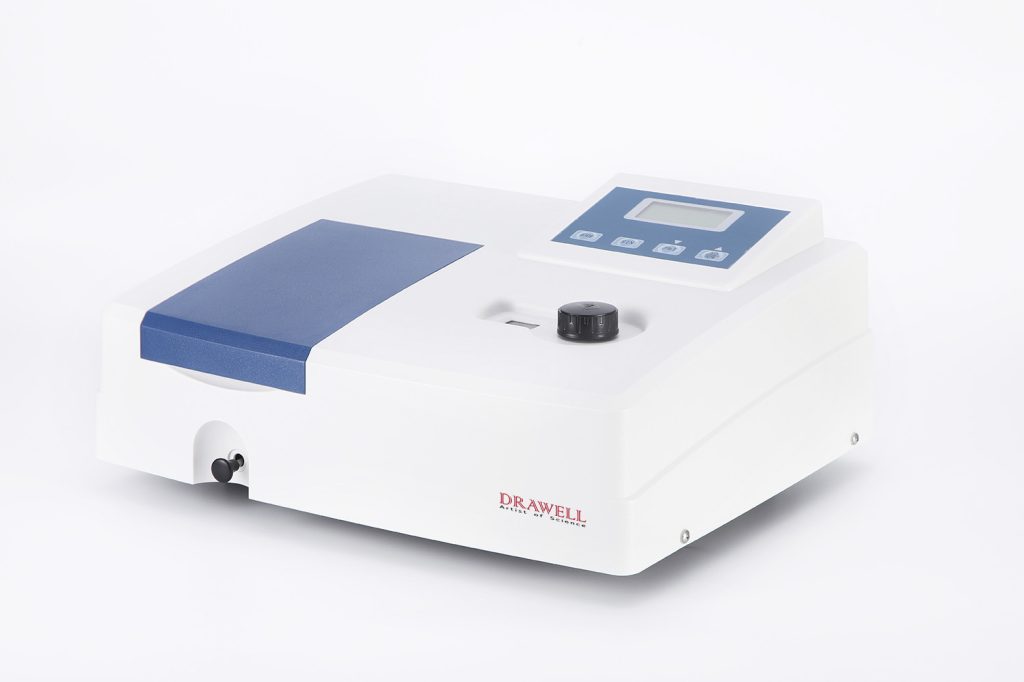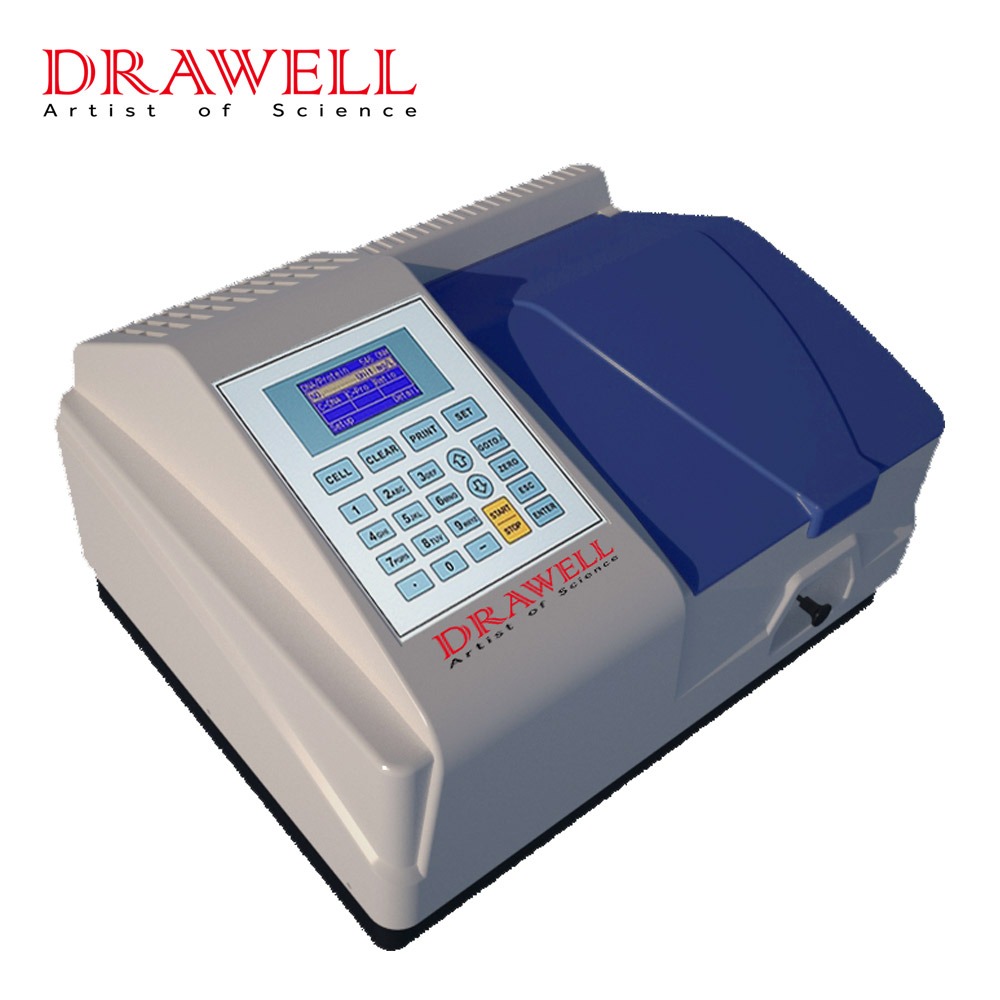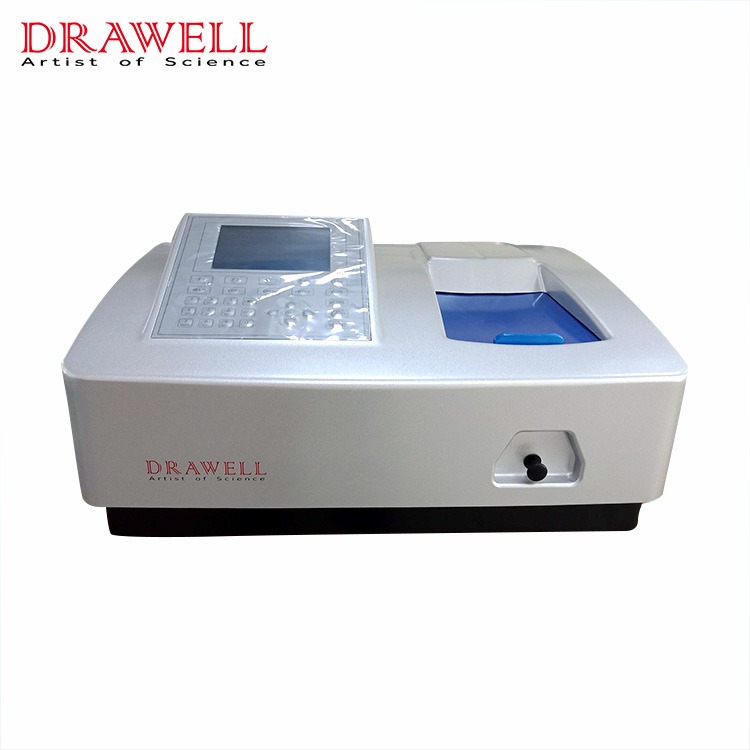UV-VIS spectrophotometry is a fundamental analytical technique used in a wide range of scientific disciplines, including chemistry, biology, environmental science, and material science. The capabilities, sensitivity, and user-friendliness of UV-VIS spectrophotometers have all improved as design and technology have advanced over time. This article delves into the recent innovations that have propelled UV-VIS spectrophotometry to new heights, making it an indispensable tool in modern laboratories.
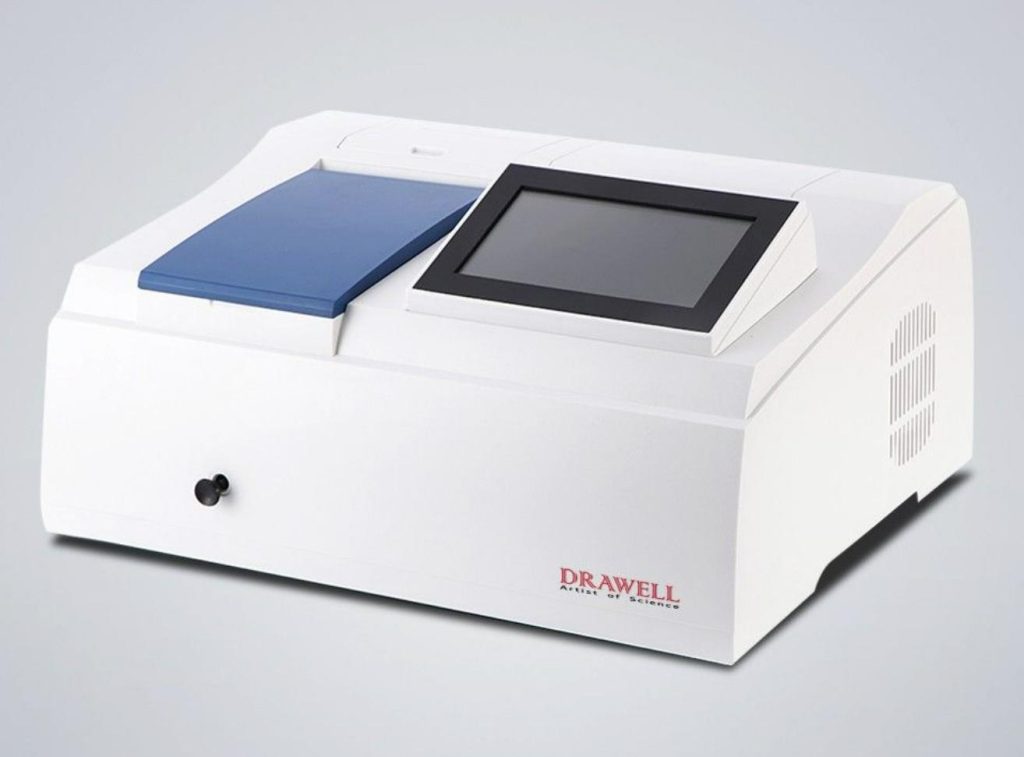
Key Design Elements of UV-VIS Spectrophotometer
UV-VIS (Ultraviolet-Visible) spectrophotometers are precision equipment used to measure light absorption or transmission across a material in the ultraviolet and visible parts of the electromagnetic spectrum. The key design elements of UV-VIS spectrophotometers contribute to their accuracy, adaptability, and effectiveness.
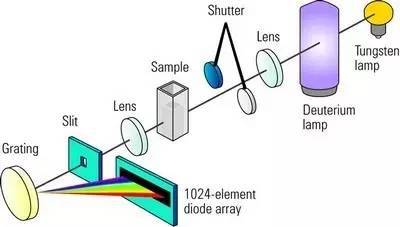
| Design Element | Description |
| Wavelength Range | Spectrum coverage from ultraviolet (UV) to visible (VIS) wavelengths. |
| Optical System | Single or double beam configuration for accurate measurements. |
| Light Source | Deuterium lamp for UV region and tungsten or xenon lamp for VIS region. |
| Monochromator | Grating-based monochromator for selecting specific wavelengths. |
| Detector | Photodiode array or photomultiplier tube for detecting transmitted light. |
| Sample Handling | Cuvette holders or other sample interfaces for consistent and reproducible measurements. |
| Data Interface | Digital interfaces such as USB or Ethernet for data transfer. |
| Wavelength Accuracy | High precision in setting and maintaining the desired wavelength. |
| Resolution | Narrow bandwidth for detailed spectral analysis. |
| Stray Light Control | Mechanisms to minimize stray light and ensure accurate measurements. |
| Calibration Features | Automatic wavelength calibration and validation routines. |
| User Interface | Intuitive software interface for ease of operation and data analysis. |
| Data Storage and Export | Storage options for saving and exporting spectral data. |
| Temperature Control | Peltier or other temperature control systems for temperature-sensitive samples. |
| Compact Design | Space-efficient and portable design for versatility in laboratory settings. |
| Quality Construction | Robust materials and construction for durability and stability. |
| Compliance Standards | Compliance with relevant industry standards and regulations. |
| Automated Features | Automation of measurement processes for efficiency and repeatability. |
| Scanning Speed | High-speed scanning capabilities for rapid data acquisition. |
Key Innovations in UV-VIS Spectrophotometer Design and Technology
1. Miniaturization and Portability
UV-VIS spectrophotometers have undergone significant miniaturization in recent years, making them more compact and portable. Traditional spectrophotometers were frequently big, benchtop instruments, which limited their utility. Miniaturization has not only reduced the footprint of these devices but has also facilitated their use in field applications. Researchers can now carry out analyses directly at the sampling site, opening up new possibilities for environmental monitoring, on-site quality control, and point-of-care applications.
2. Improved Optics and Detectors
Optics and detector technology have advanced dramatically, improving the performance of UV-VIS spectrophotometers. Improved optical components increase light throughput, resulting in improved sensitivity. Modern detectors with enhanced resolution and dynamic range allow for precise measurement of absorbance over a wider spectrum. These enhancements are especially useful in applications requiring great sensitivity and precision, such as pharmaceutical research and life sciences.
3. Automation and Integration
Automation has become a characteristic of modern laboratory instrumentation, including UV-VIS spectrophotometers. Integration with robotic systems and laboratory software improves operations, eliminates human error, and increases overall efficiency. Automated elements include sample processing, data gathering, and result analysis, allowing researchers to concentrate on data interpretation rather than mundane duties. This increased automation contributes to the reproducibility and reliability of experimental results.
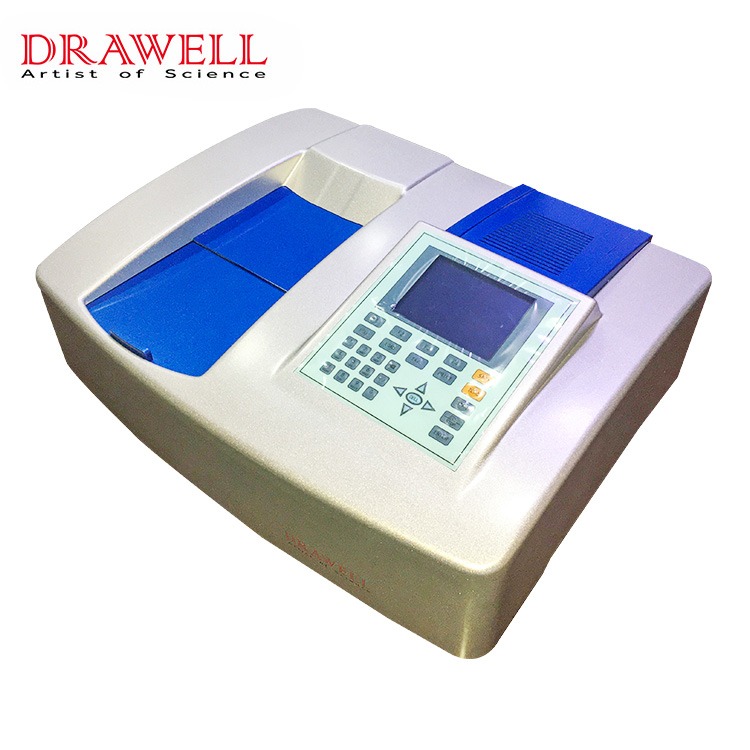
4. Multimodal Spectroscopy
The integration of UV-VIS spectrophotometry with other spectroscopic techniques, known as multimodal spectroscopy, has expanded the analytical capabilities of these instruments. Combining UV-VIS absorption data with fluorescence, Raman, or other spectroscopic modalities provides a more comprehensive understanding of complex samples. Researchers can explore molecular structures, interactions, and dynamics in unprecedented detail, making UV-VIS spectrophotometry a versatile tool in various scientific investigations.
5. Real-time Kinetics Studies
The ability to monitor reactions and processes in real-time has become a critical feature of advanced UV-VIS spectrophotometers. Rapid scanning capabilities, coupled with sophisticated data processing algorithms, enable researchers to observe dynamic changes during chemical reactions. Real-time kinetics studies are essential in fields like biochemistry and chemical kinetics, allowing scientists to unravel reaction mechanisms, optimize conditions, and accelerate the pace of discovery.
6. Enhanced Software and User Interface
Advancements in software and interface design have resulted in a much better user experience. Modern UV-VIS spectrophotometers feature user-friendly interfaces, intuitive software, and powerful data processing algorithms. These features facilitate instrument operation, data analysis, and result interpretation. Researchers can now easily produce useful insights from their research, making UV-VIS spectrophotometry more accessible to a wider user base.
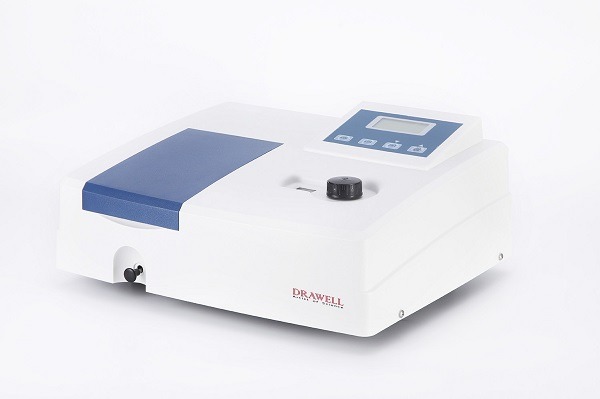
Conclusion
The continuous evolution of UV-VIS spectrophotometer design and technology has transformed it from a traditional analytical tool into a complex instrument with a wide range of applications. Miniaturization, advanced optics, automation, multimodal spectroscopy, real-time kinetics investigations, and improved software all help to boost the versatility and efficiency of UV-VIS spectrophotometers. As these improvements continue, UV-VIS spectrophotometry is at the forefront of analytical instrumentation, enabling researchers across various scientific disciplines.

